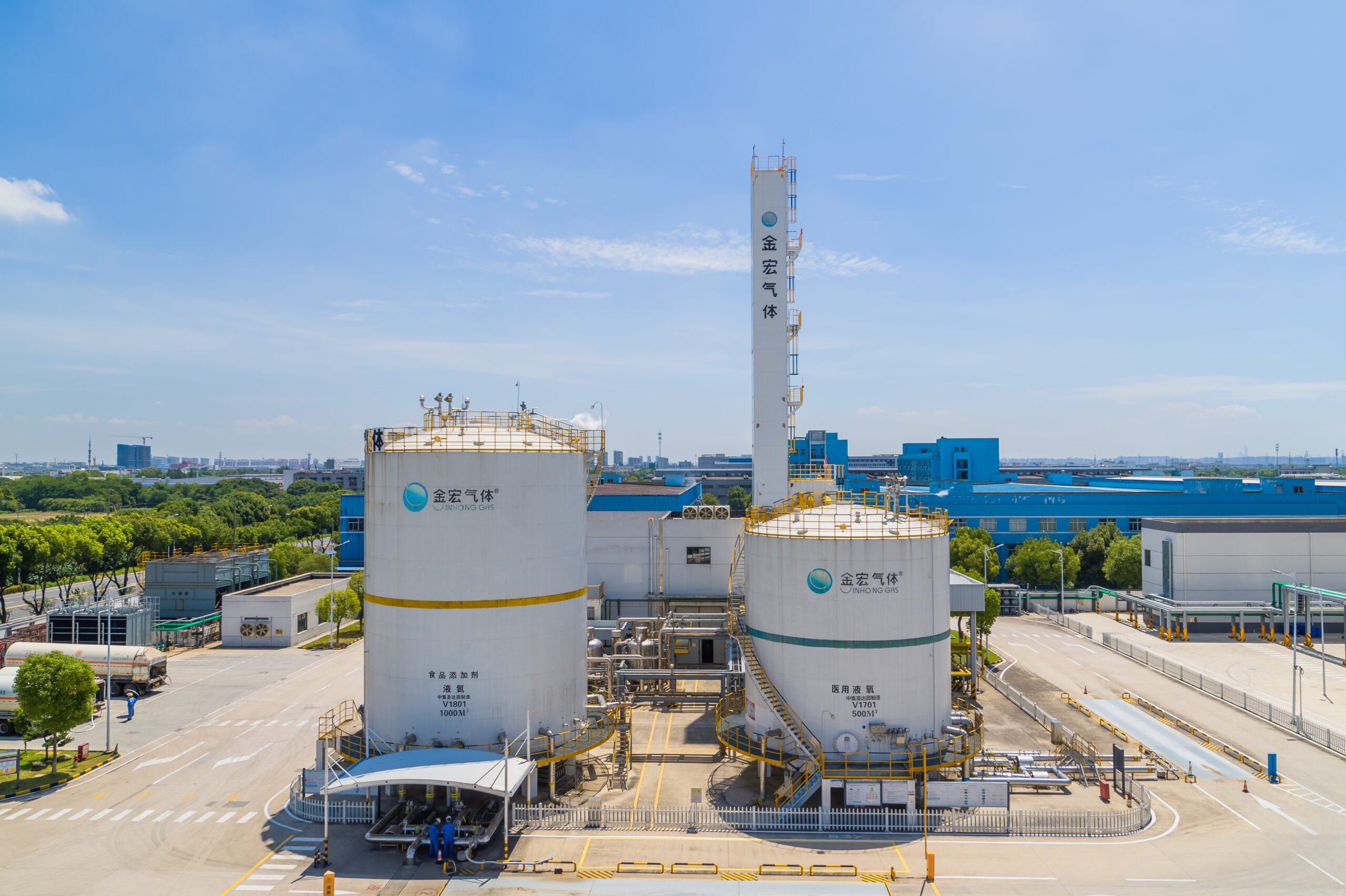Ethylene oxide (EO) is a broad-spectrum sterilant that can kill various microorganisms such as bacterial propagules, fungal spores, viruses and spores. It is the second generation of chemical disinfectants after formaldehyde, and it is also the only most reliable chemical gas sterilant recognized by the world so far. In this issue, Yongling Medical introduces the advantages and disadvantages of ethylene oxide. If there is anything wrong, please leave a message to correct it.
Advantages of EO sterilization
- Broad-spectrum sterilization effect: Ethylene oxide (EO) is a broad-spectrum sterilant that can kill various microorganisms at room temperature, including bacteria, viruses, fungi and spores.
- Strong penetration: EO sterilization has strong penetration and can effectively penetrate complex structures and difficult-to-penetrate parts, such as slender catheters, to ensure thorough sterilization.
- Little damage to items: EO sterilization causes little damage to items because it uses the alkylation principle to kill microorganisms rather than the oxidation process, so it is particularly suitable for precision instruments that are not heat-resistant.
- Wide range of applications: EO sterilization is suitable for the sterilization of medical devices, instruments and articles that are not heat-resistant and moisture-resistant, including hard and soft endoscopes, medical equipment, instruments, rubber products, plastic products, etc.
- Wrapable sterilization: EO sterilized articles can be wrapped and packaged as a whole, which is convenient for storage and transportation, and remain sterile before use, avoiding the risk of cross contamination.
- Non-corrosive materials: EO will not corrode plastics, metals and rubber, will not cause articles to turn yellow and become brittle, and is suitable for sterilization of articles of various materials.
Disadvantages of EO sterilization
- Long sterilization cycle time: Ethylene oxide sterilization requires a long period of ventilation and analysis to remove EO residues, which prolongs the sterilization cycle, which is a disadvantage for occasions where a large number of articles need to be processed quickly.
- Toxic EO is a toxic carcinogen. The concentration of EO in the indoor air must be controlled to be lower than the national standard to ensure that human health is not affected.
- Flammable and explosive EO is a flammable and explosive gas. Leakage must be avoided during storage and sterilization to ensure safety during production and use.



